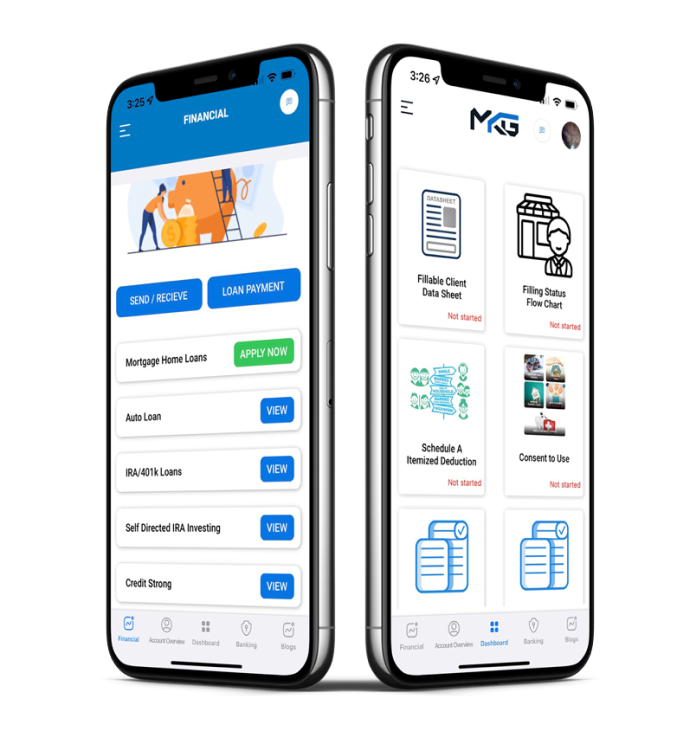File an Amended Return
If you find a mistake after filing your taxes, you may need to amend your return. This article will guide you through the process of filing an amended return with the Internal Revenue Service (IRS).
Should I File an Amended Return?
Before proceeding with filing an amended return, it is important to determine if you should file one. To determine if you should file an amended return, answer the following questions on the Should I File an Amended Return? page.
Checking on an Amended Return
If you have already filed an amended return and want to check its status, you can do so by using the Where's My Amended Return? tool on the IRS website.
Reasons to Amend a Return
You should file an amended return if there is a change in any of the following:
- Filing status
- Income
- Deductions
- Credits
- Dependents
- Tax liability
However, you do not need to amend your return if the IRS has already corrected errors on your return or if they have accepted your return without certain forms or schedules.
When to File an Amended Return
Generally, you must file an amended return within 3 years after the date you filed your original return or 2 years after the date you paid the tax, whichever is later. If you filed your original return before the April tax deadline, count from the April tax deadline.
Special rules apply for filing amended returns in certain situations, such as:
- A federally declared disaster
- Service in a combat zone or contingency operation
- A bad debt or worthless security
- A foreign tax credit or deduction
- A loss or credit carryback
For more details on when to file an amended return in these situations, refer to the IRS website.
How to File an Amended Return
To file an amended return, you will need to complete and submit Form 1040-X, Amended U.S. Individual Income Tax Return. You can use tax software to electronically file your 1040-X online.
When filing an amended return, make sure to submit all the same forms and schedules as you did when you filed your original Form 1040, even if you don't have any adjustments on them. Additionally, file Form 8879, IRS e-file Signature Authorization, along with your 1040-X.
You can file up to 3 amended returns for the same year.
If you are amending a return that you originally filed on paper and used Forms 1040 and Form 1040-SR (U.S. Return for Seniors) before 2020, or Form 1040-NR (Nonresident Alien Income Tax Return) before 2021, you must file on paper.
Getting Your Refund on Your Amended Return
If you are amending a return for tax years 2021 and later, you can request your refund by direct deposit. Enter your bank account information on the electronically filed Form 1040-X or corrected Form 1040-SS/PR. If you submitted a paper version of Form 1040-X, you will receive a paper check.
If you would like to deposit your refund into multiple bank accounts, you can attach Form 8888, Allocation of Refund (Including Savings Bond Purchases), to your amended return. Please note that refunds from amended returns cannot be used to buy savings bonds.
If You Owe Tax
If you owe additional tax when filing an amended return, you can mail a check or money order payable to the United States Treasury along with Form 1040-V, Payment Voucher. It is important to file your amended return and pay the tax by the April due date to avoid penalties and interest. Your amended return will replace your original return. If you file after the April due date, do not include any interest or penalties on your amended return, as the IRS will make any needed adjustments automatically.
State Tax Returns
If you make changes to your federal return, it may affect your state tax liability. For information on how to correct your state tax return, please contact your state tax agency. Do not attach your state tax return to your amended federal return.
Related Resources
- Instructions for Form 1040-X
- Your Federal Income Tax for Individuals, Publication 17
- Notice 2023-21 - Makes more taxpayers eligible for a credit or refund if they timely file Form 1040-X to amend 2019 and 2020 income tax returns
